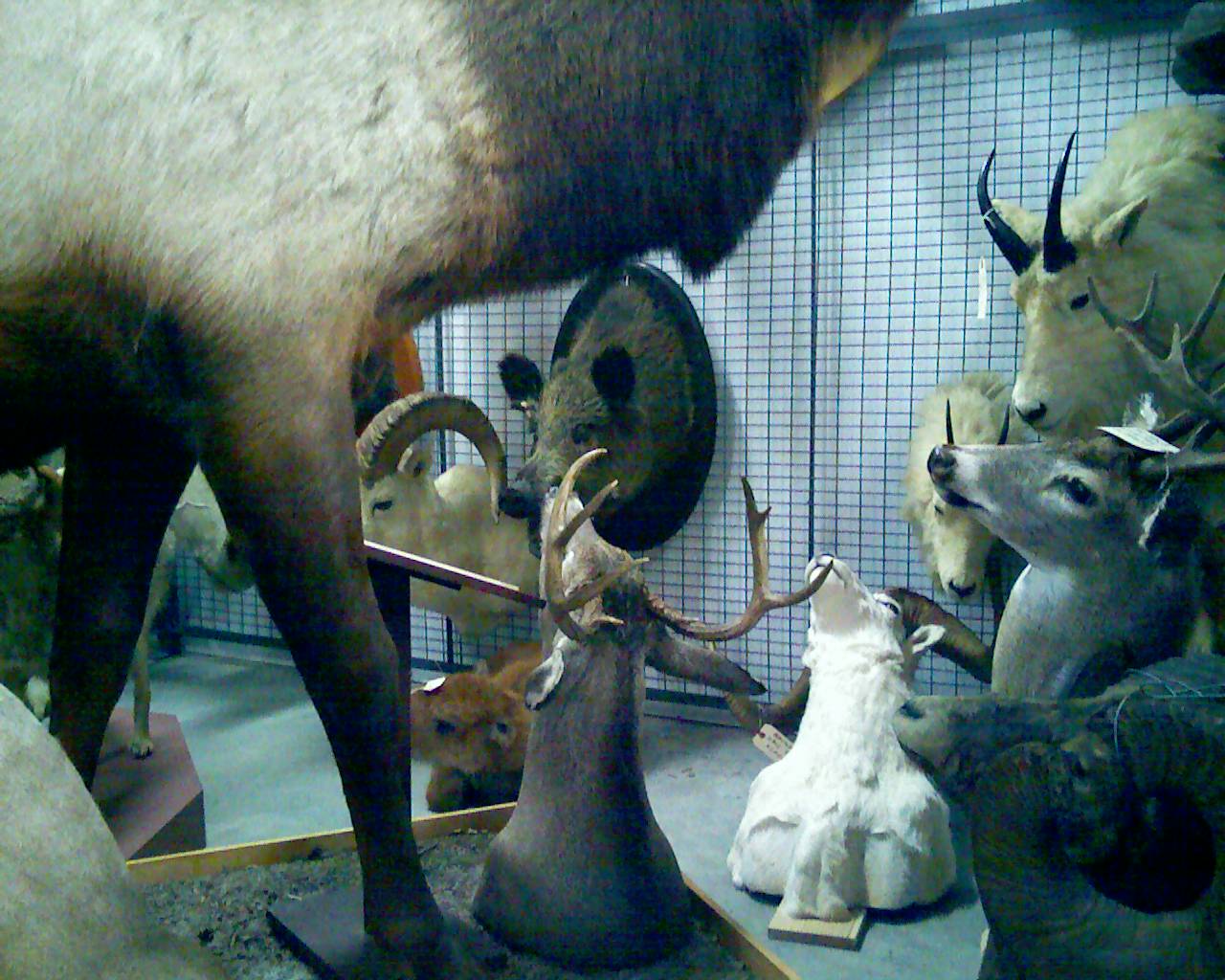The Chronicle of Higher Education just ran a column by Thomas H. Benton called The Big Lie about the ‘Life of the Mind’, about the dismal job prospects for humanities Ph.D.’s. The opening few paragraphs:
A year ago, I wrote a column called “Graduate School in the Humanities: Just Don’t Go,” advising students that grad school is a bad idea unless they have no need to earn a living for themselves or anyone else, they are rich or connected (or partnered with someone who is), or they are earning a credential for a job they already hold.
In a March 2009 follow-up essay, I removed the category of people who are fortunately partnered because, as many readers wrote in to tell me, graduate school and the “two-body problem” often breaks up many seemingly stable relationships. You can’t assume any partnership will withstand the strains of entry into the academic life.
Those columns won renewed attention last month from multiple Web sites, and have since attracted a lot of mail and online commentary. The responses tended to split into two categories: One said that I was overemphasizing the pragmatic aspects of graduate school at the expense of the “life of the mind” for its own sake. The other set of responses, and by far the more numerous, were from graduate students and adjuncts asking why no one had told them that their job prospects were so poor and wondering what they should do now.
I do feel sorry for people who invested many years in getting Ph.D.’s only to find themselves unemployable. But I have to say I’m dubious of the “nobody told me” claim. Do people really enter humanities Ph.D. programs without knowing that the job prospects are dire? Don’t they seek career advice from anyone before applying to grad school?
I suppose that in some cases undergraduates seek advice from their professors, and their professors tell them the ridiculous falsehood that getting a Ph.D. is a good career move. If so, such professors are behaving in an unconscionably irresponsible manner. It’d be interesting to know how common that really is.
What really happens, probably, is that the students think that they’re going to be such superstars that they’ll be the ones who get jobs, and their professors, either out of softheartedness or because they actually believe it, don’t tell them otherwise.
One thing that’s important to emphasize here: the natural sciences are quite different from the humanities in this regard. For one thing, science Ph.D. students are generally pretty well supported: they’re not accumulating tons of debt, and they don’t usually have to work onerous jobs that keep them away from their studies. (That’s probably the main reason science Ph.D.’s take much less time than humanities Ph.D.’s.) Also, academic jobs are hard to get in the sciences, but not nearly as hard as in the humanities. Finally, a science Ph.D. is pretty good training for non-academic jobs.
It’s certainly not the best training: if your goal is to maximize your future earnings, you’d be nuts to go for a Ph.D. in any field. For instance, you could spend half as many years in law school as you would getting a physics Ph.D., and make considerably more money coming out than you would with a Ph.D. (Once an economist was trying to explain the concept of opportunity cost to a physicist friend of mine. My friend said, “I spent six years getting a Ph.D. in physics; I understand about opportunity cost.”) But people who get science Ph.D.’s have low unemployment and pretty good salaries. For physics Ph.D.’s in particular, the American Institute of Physics has a bunch of good data on this.
In the sciences, anyway, Benton’s “Big Lie” is actually pretty close to the truth. If you go for a science Ph.D., you should do it for “the life of the mind.” That is, you should do it because you really want to learn about and do science. It may or may not lead you to an academic career down the road, but even if it doesn’t, you probably won’t end up in the dire situation of the humanities students Benton decribes; you’ll probably end up in some sort of technical problem-solving career (anecdotally, software, finance, engineering all seem to be common), doing just fine.


